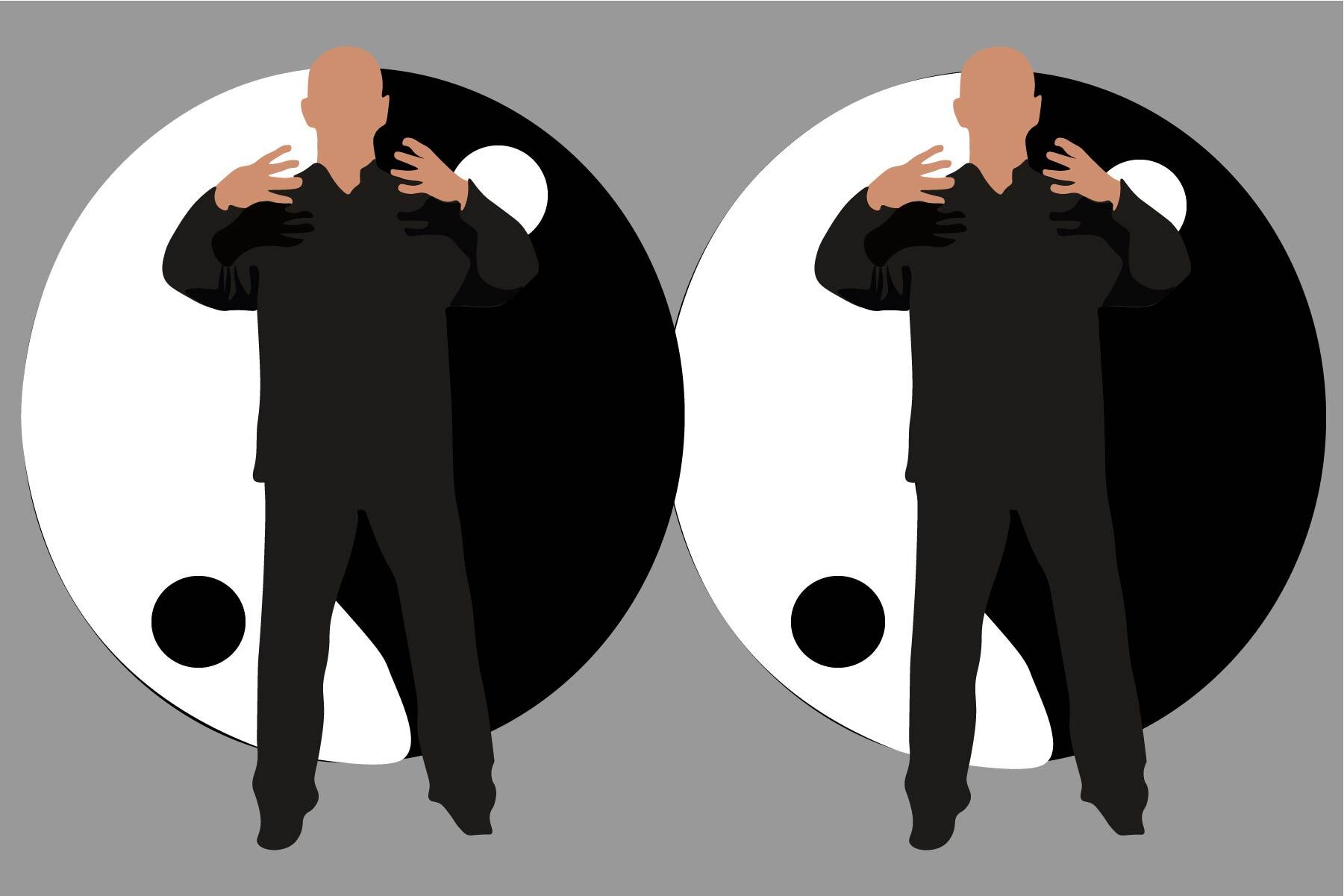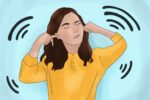There are so many people who have this zest for life, this inexhaustible energy. Maybe you know someone like this, or maybe you are this person. They’re a straight-A student involved in at least five volunteer organizations, two internships, a research fellowship, a sports team, etc., etc. It seems all too easy for them to go, go, go until they crash, and the cycle repeats. But there are people at the other extreme as well — people who experience a seemingly constant stagnation, brain fog and a heaviness that Chinese medicine practitioners call “dampness.” Both are examples of an unhealthy imbalance.
Unfortunately, I am one of the people on the more lethargic side of the spectrum. It was the desire to break out of this “dampness” that motivated my search for answers. I tried almost every form of exercise, from pilates to running, from yoga to HIIT (high intensity interval training). In my experience, all forms of exercise have been beneficial to my energy levels (within moderation, of course), but one stands out as the most effective for fighting lethargy: a standing meditation exercise called qi gong (氣功, pronounced chee-gong).
What Is Qi Gong?
It may be a bit of a misrepresentation to simply call qi gong a meditation exercise. The Qigong Institute refers to it as “dynamic meditation.” It certainly isn’t aerobic exercise — that is, it isn’t intended to elevate the heart rate. Instead, it combines meditative breathing with dynamic, fluid movement to promote the healthy flow of qi (which can be translated as “life-force energy”) throughout the body.
Scholars have noted that the practice seems almost like a dance, and speculate that the movements may have their origins in the ceremonial dances that tribes in China performed thousands of years ago. The exercises are generally low-impact (easy on the joints) and require minimal flexibility or muscular strength.
A typical qi gong practice is performed in a standing position, knees slightly bent. Most movement involves the arms, head and torso, while the legs serve as the base of balance. The actual practice of qi gong, however, is wide-ranging, with over 3,600 accredited styles, such as Wuji, Daoist, Shaolin and medical qi gong.
There are three main elements that are integral to qi gong practice: body, breath and mind. On the level of the body, the flowing movements are designed to stimulate acupuncture points and increase blood flow. Knocking and slapping gestures also serve the purpose of releasing tension and increasing the movement of oxygen throughout the body.
Deep, diaphragmatic breathing is also central to the qi gong practice. Like most meditations, the sole aim is the cessation of thought through breath and present moment awareness. This “mental break” is not just a moment of rest from stressful thoughts, but it’s also a chance to strengthen mental focus.
In my experience, the post-qi gong effect is similar to a runners’ high, minus the hunger and muscle exhaustion. There is a warmth in the body and a pleasant buzz in the mind. This feeling is most likely the result of increased dopamine and serotonin levels and a drop in the stress hormone cortisol. I also noticed a sharp increase in mental focus for about an hour immediately following the practice.
How Can I Try It Out?
During normal, non-COVID times, there are formal qi gong classes that are held in-person in most metropolitan areas. But in the era of COVID, it may be best to turn to the internet, which provides plenty of free video resources, including full routines. The YouTube channel Yoqi Yoga and Qi Gong provides qi gong workout videos that are clear, concise and well-informed, ranging from 10-minute practices to half-hour videos. These are my personal favorites for pre-workout warm-ups. She also provides great yin yoga videos that are typically an hour long.
Another YouTuber who has plenty of workout videos is Qigong with Kseny, who has also started to offer livestreams of her daily qi gong routines. One her routines that may be particularly useful for college students is her 5-minute laptop break. It seems that most YouTubers favor quick routines, but if more in-depth routines interest you, you may be able to find longer videos through your local library’s website catalog.
Qi Gong as Self-Care
It seems that the now-ubiquitous self-care movement came out of a recognition that a profound imbalance exists in so many young people’s lives. The movement had promise as a message that our world doesn’t have to revolve around everyone and everything but our own well-being. It was a revolutionary realization for young people who felt the heavy weight of the future on their shoulders, especially for those who found it difficult to slow down.
But what is disappointing about the self-care movement is that it lost some of its focus, some of its balance, along the way. Fad diets crept in, along with companies who saw the perfect opportunity to cash in on misery. Overpriced skincare products were marketed as the hallmarks of people who “love themselves!” and people started to pay $40 for a single bath bomb.
It goes without saying that the moment a movement about balance becomes solely focused on external appearances and consumer goods, we’ve missed the mark. Because I can say with confidence that simply typing “qi gong” into the YouTube search bar and clicking on a video has brought far more balance and energy into my life than anything I have binge-bought at Innisfree.
As trite as it may sound, qi gong is actually about taking care of your internal world, which I think was the whole point of self-care in the first place. I know that the practice has made its way onto my list of “self-care things that actually work.” So, if your life situation seems a little out-of-balance, or if you struggle to find the energy to get through the day, perhaps qi gong could find its way onto your list as well.

















